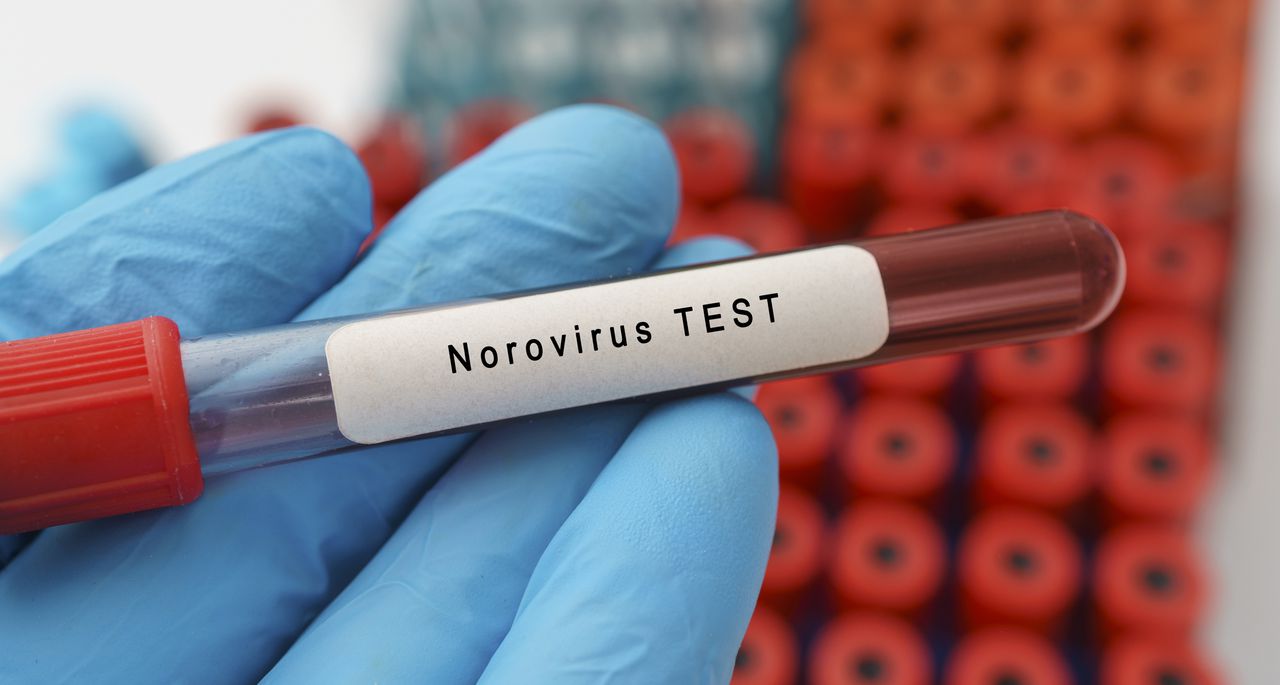Norovirus is surging in the US: Symptoms, how it’s spread, where it’s spreading the fastest
Cases of norovirus, the common but highly contagious virus that causes gastrointestinal symptoms, are on the rise in the U.S., according to recent data from the US Centers for Disease Control and Prevention.
According to CNN, in the week ending February 17, more than 12% of tests for norovirus – a common and very contagious virus that causes gastrointestinal symptoms – came back positive, CDC data showed. That’s up from 11.5% the week before. Cases are particularly high in the Northeast, where more than 13% of tests came back positive. Positivity rates in the region have been over 13% since late January.
The CDC says most norovirus outbreaks in the United States happen from November to April. Most outbreaks occur when infected people spread the virus to others through direct contact, such as by caring for a patient or by sharing food or eating utensils. Eating food or drinking liquids that are contaminated with norovirus or touching contaminated surfaces can also spread the virus.
Norovirus causes inflammation of the stomach or intestines. The most common symptoms of norovirus are diarrhea, vomiting, nausea, and stomach pain which usually appears 12 to 48 hours after exposure. Patients can also experience fever, headaches and body aches.
Most people with norovirus get better within 3 days, but they can still spread the virus for a few days after. One of the biggest risks – especially for children, older adults and people with other illnesses – is dehydration.
Dehydrated children may cry with few or no tears and be unusually sleepy or fussy, according to the CDC. Other symptoms of dehydration include a decrease in urination, dry mouth and throat and feeling dizzy when standing up.
There is no specific medicine to treat norovirus. The CDC recommends person suffering from norovirus drink plenty of liquids to replace fluid lost from vomiting and diarrhea.
